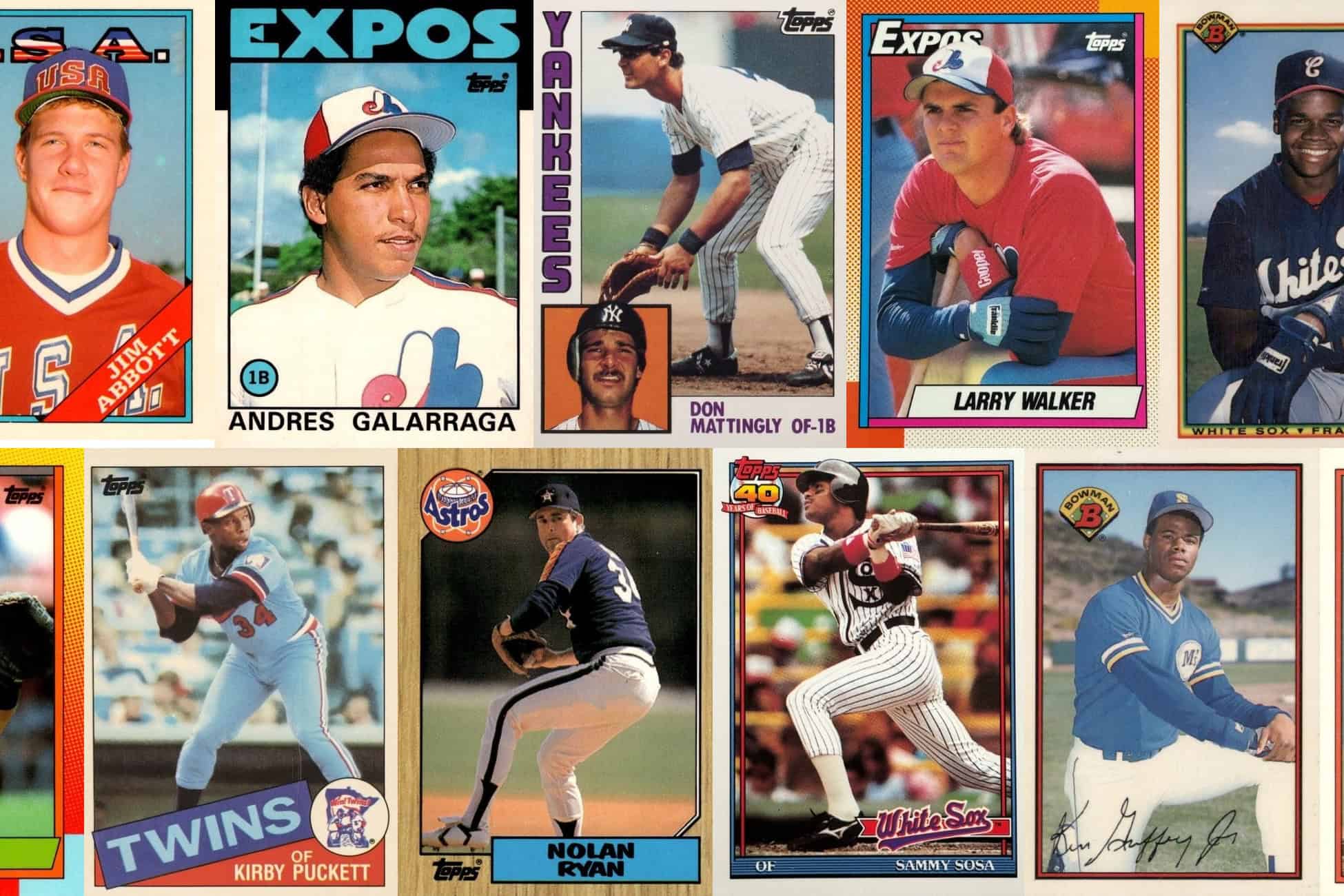Topps and Bowman Tiffany cards occupy a unique place in the history of baseball cards. Produced between the mid-1980s and early 1990s, they were premium factory set versions of the standard Topps and Bowman cards. Unlike regular issues, which were printed on mass-market cardstock, Tiffany cards featured glossy coatings and higher-quality white cardstock that gave them a distinctive look and feel.
The idea behind Tiffany cards was to offer collectors something more luxurious than the base sets. At the time, the hobby was shifting, and collectors were beginning to demand sharper printing, brighter photos, and better paper quality. Tiffany became Topps’s answer to this trend, positioned as an upscale version of its flagship sets.
History of Tiffany Cards (1984-1991)
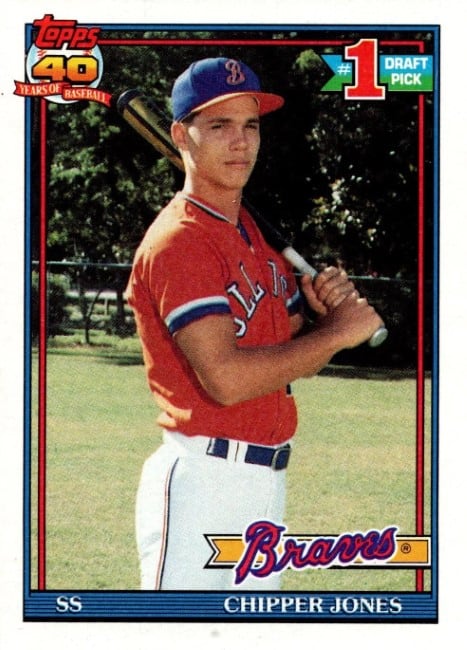
Topps first released Tiffany cards in 1984, starting with a premium version of the 792-card flagship set. These were not sold in packs or retail outlets but instead came exclusively as complete factory sets. Production continued annually through 1991.
Bowman Tiffany cards began in 1989, coinciding with Topps’s reintroduction of the Bowman brand. They ran through 1991 as well. After that, both Tiffany lines were discontinued as the hobby shifted toward serial-numbered inserts, refractors, and other types of premium parallels that better fit the early 1990s boom period.
How to Recognize Tiffany Cards
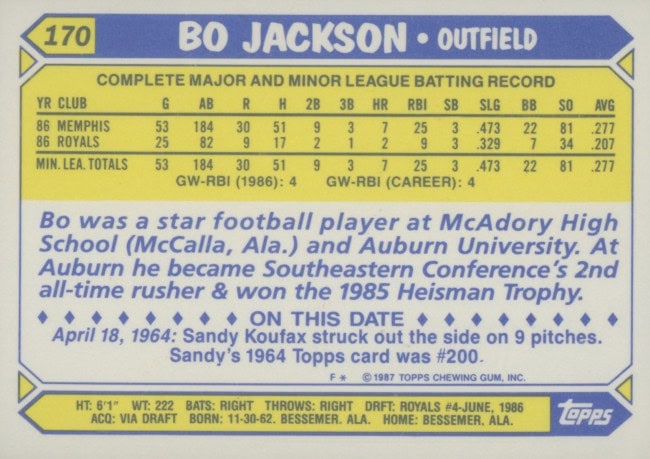
At first glance, Tiffany and standard Topps cards from the 1980s and early 1990s look nearly identical. The design, photography, and player checklists are the same. However, Tiffany cards stand out in several important ways:
- Glossy coating: Tiffany cards feature a distinct gloss on the card front, which was absent from the flat finish of the standard issues.
- Bright white cardstock: Tiffany cards were printed on a premium white stock, whereas regular Topps cards often had darker, grayish backs due to lower paper quality.
These features make it relatively easy for experienced collectors to distinguish Tiffany cards from their base counterparts, especially when comparing them side by side.
How Tiffany Cards Were Distributed
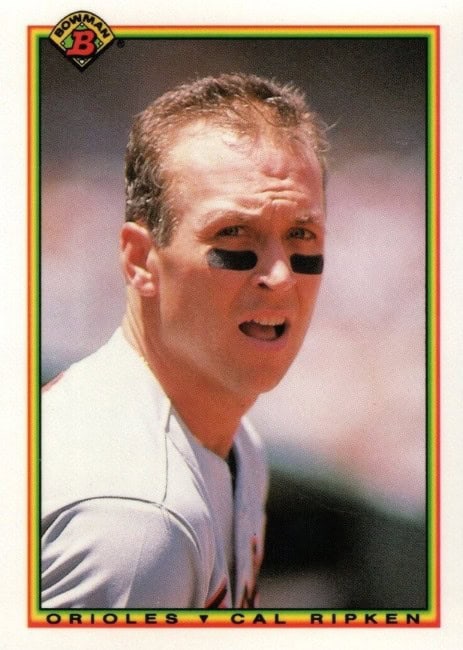
One key element that made Tiffany cards special was their distribution method. Unlike regular Topps and Bowman sets, Tiffany cards were not available through wax packs, rack packs, or vending boxes. Instead, they came as factory sets, typically sold to dealers and hobby distributors rather than directly to consumers.
The print runs for Tiffany sets were extremely limited compared to the millions of standard Topps cards being produced at the time. Estimates suggest that most Topps Tiffany sets had print runs between 5,000 and 10,000 copies, although precise numbers were never officially confirmed by Topps. Bowman Tiffany sets had similar production limitations.
Because Tiffany cards were factory sets, there were no pack odds to chase. Collectors either bought an entire set or missed out. This distribution method made Tiffany cards harder to find and gave them a built-in scarcity that continues to influence their value today.
Topps Tiffany Values vs. Base Card
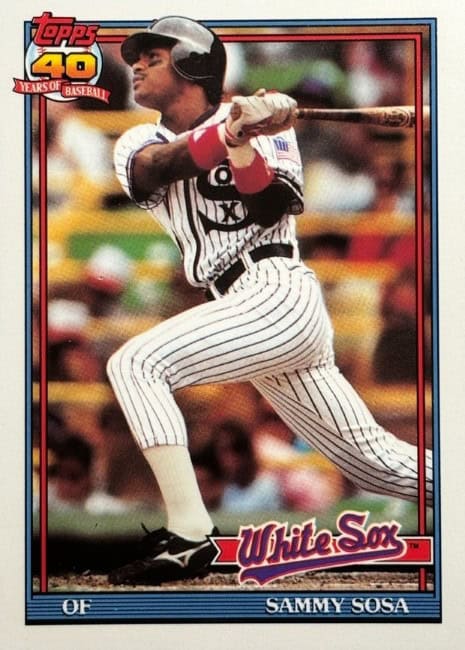
Scarcity and quality drive the value of Tiffany cards. Standard Topps sets from the 1980s were printed in the tens of millions, leaving little long-term scarcity. Tiffany sets, on the other hand, were produced in runs of only a few thousand. That contrast alone creates a significant difference in secondary market value.
For example, the 1987 Topps Bo Jackson rookie card in its base form is extremely common and often sells for only a few dollars. The Tiffany version, however, can command well over $500 in gem mint condition. Similar differences appear across many star rookies and Hall of Famers from the Tiffany era.
The premium cardstock and glossy surface also make Tiffany cards easier to preserve in high-grade condition, although centering and surface scratches still affect grading outcomes. Collectors seeking PSA 10 or BGS 9.5 copies often focus heavily on Tiffany versions because of their scarcity and eye appeal. To some collectors, they also just look better to the eye.
Popular Tiffany Cards
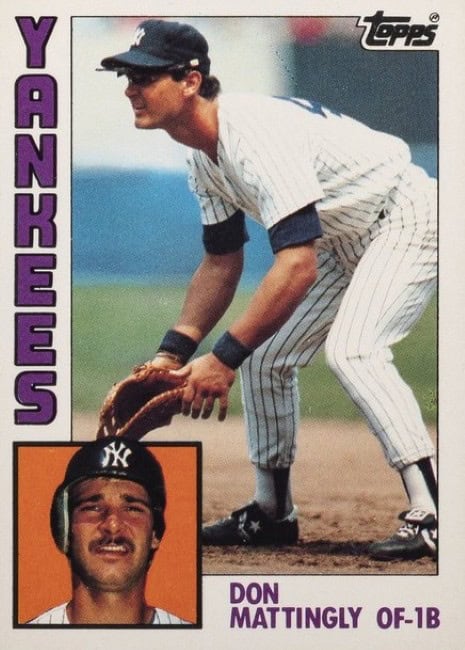
While every Topps Tiffany set from 1984 to 1991 contains stars and rookies worth noting, several cards have become especially popular among collectors:
- 1984 Topps Tiffany Don Mattingly rookie (PSA 8: $300-$750)
- 1985 Topps Tiffany Roger Clemens rookie (PSA 8: $200-$500)
- 1985 Topps Tiffany Kirby Puckett rookie (PSA 8: $100-$300)
- 1987 Topps Tiffany Barry Bonds rookie (PSA 8: $100-$200)
- 1987 Topps Tiffany Bo Jackson rookie (PSA 8: $50-$100)
- 1989 Bowman Tiffany Ken Griffey Jr. rookie (PSA 8: $500-$1,000)
- 1990 Topps Tiffany Frank Thomas rookie (PSA 8: $100-$400)
- 1991 Topps Tiffany Chipper Jones rookie (PSA 8: $250-$500)
These cards represent some of the biggest names of the 1980s and 1990s, and the Tiffany versions consistently sell at a premium over their base equivalents.
Other Premium Parallels
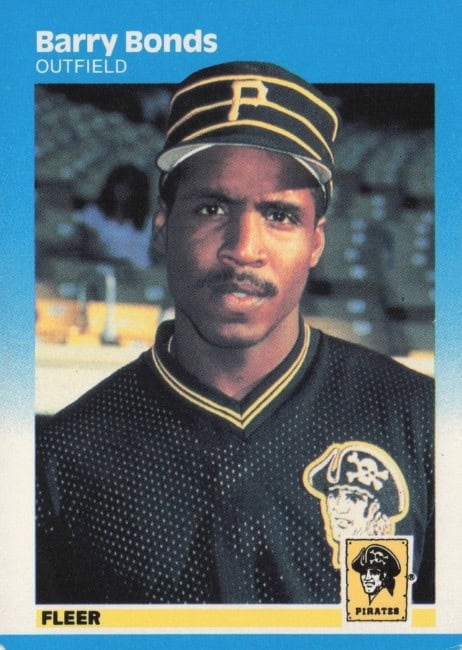
Topps was not the only company experimenting with premium versions of standard sets during this period. While Tiffany cards are the most famous, other manufacturers tried similar approaches.
Fleer produced “Glossy” versions of its complete sets during the late 1980s, starting in 1987 and continuing through 1992. These sets mirrored the Tiffany concept: identical designs, upgraded cardstock, and glossy fronts. Donruss also created “Factory Set Exclusives” with higher-quality printing in certain years, though they never carried the same cachet as Tiffany cards.
None of these alternatives have the same level of recognition or value as Topps and Bowman Tiffany cards, but they illustrate that the idea of premium factory sets was part of a broader trend in the hobby.
Why Tiffany Cards Still Matter
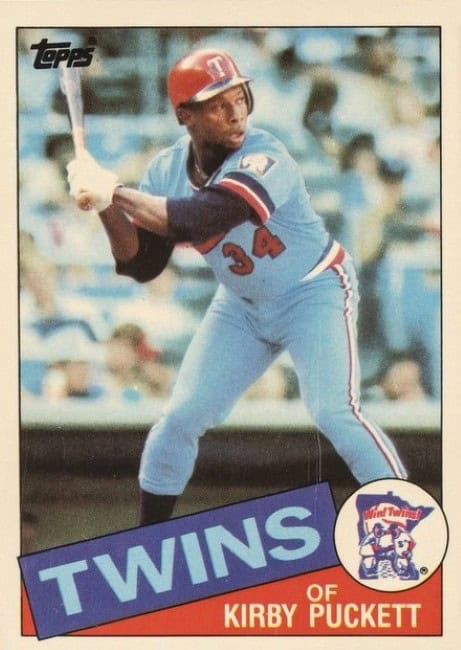
Even though production stopped after 1991, Tiffany cards remain an important chapter in the evolution of baseball card collecting. They bridged the gap between the overproduced junk wax era and the modern era of numbered parallels and premium inserts. For collectors who lived through the late 1980s boom, Tiffany cards were often seen as the “hidden gems” of the era.
Today, they appeal to collectors who want scarce, high-quality versions of iconic rookie cards. Their limited production makes them attractive targets for investors, while their glossy finish and crisp cardstock provide a sharp aesthetic for hobbyists who appreciate design and condition.
Tiffany cards also serve as a reminder of how card companies tested ways to add value before serial numbering became the industry standard. In many ways, they laid the groundwork for the chase cards and parallels that dominate modern collecting.
Collecting Tips for Tiffany Sets
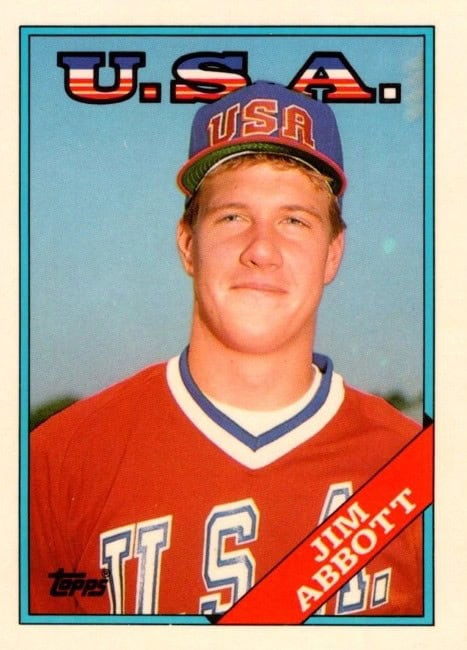
Collectors interested in Tiffany cards should keep several things in mind:
- Authentication is key. Some base cards can appear glossy due to factory anomalies or later treatment. Always compare with known Tiffany examples.
- Condition matters. While Tiffany cards are better preserved on average, surface scratches and gloss wear can be significant under grading standards.
- Beware of resealed sets. Since Tiffany cards only came in factory sets, unopened boxes sometimes appear on the market. Unfortunately, some have been tampered with, so buy from reputable sellers.
By keeping these factors in mind, collectors can better navigate the market and avoid pitfalls.
Conclusion
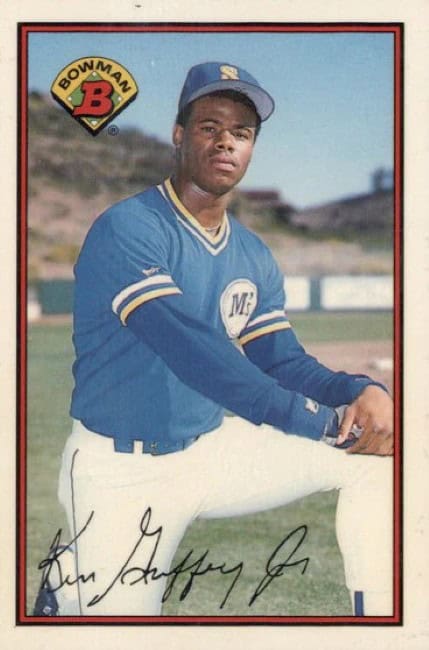
Tiffany cards are more than just premium parallels – they represent a fascinating moment in hobby history. By offering collectors a limited, high-quality alternative to mass-produced sets, Topps and Bowman Tiffany cards carved out a niche that remains highly valued decades later. Whether it is the iconic 1987 Bo Jackson or the 1989 Bowman Griffey, these cards continue to stand as some of the most sought-after pieces of the late 20th-century hobby.
For those building collections that balance scarcity, star power, and visual appeal, Tiffany cards remain a rewarding pursuit.
